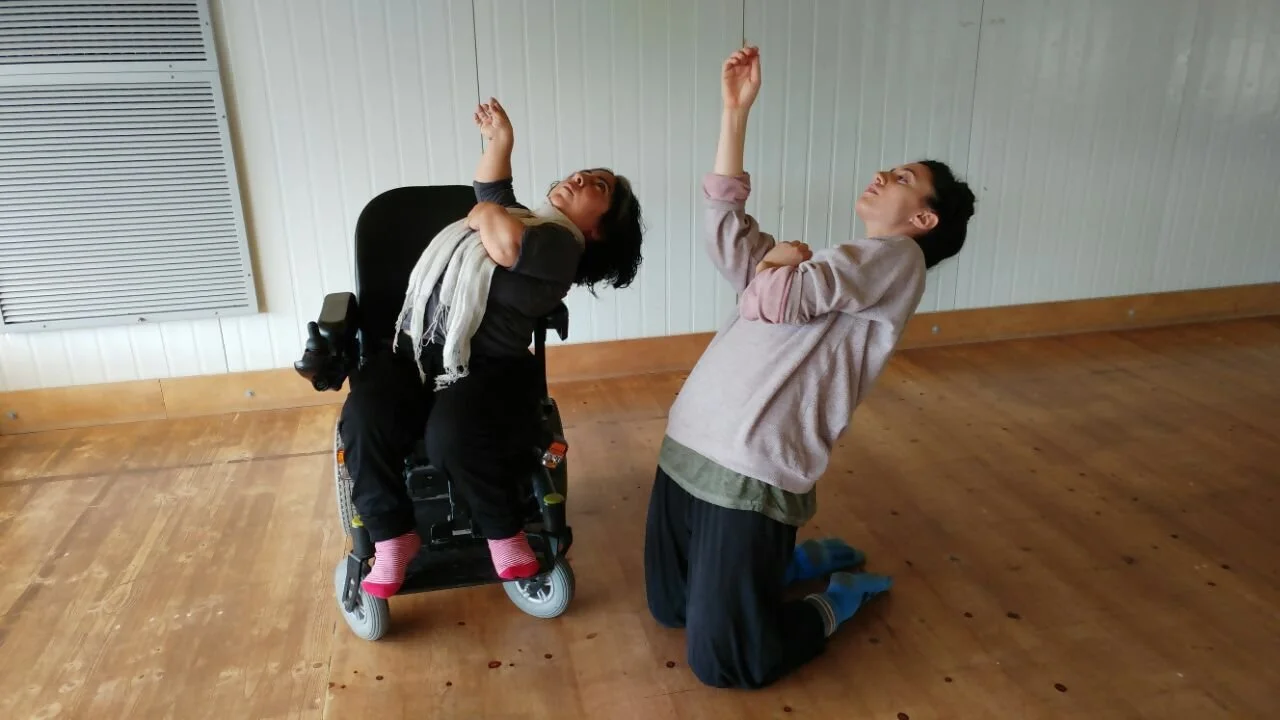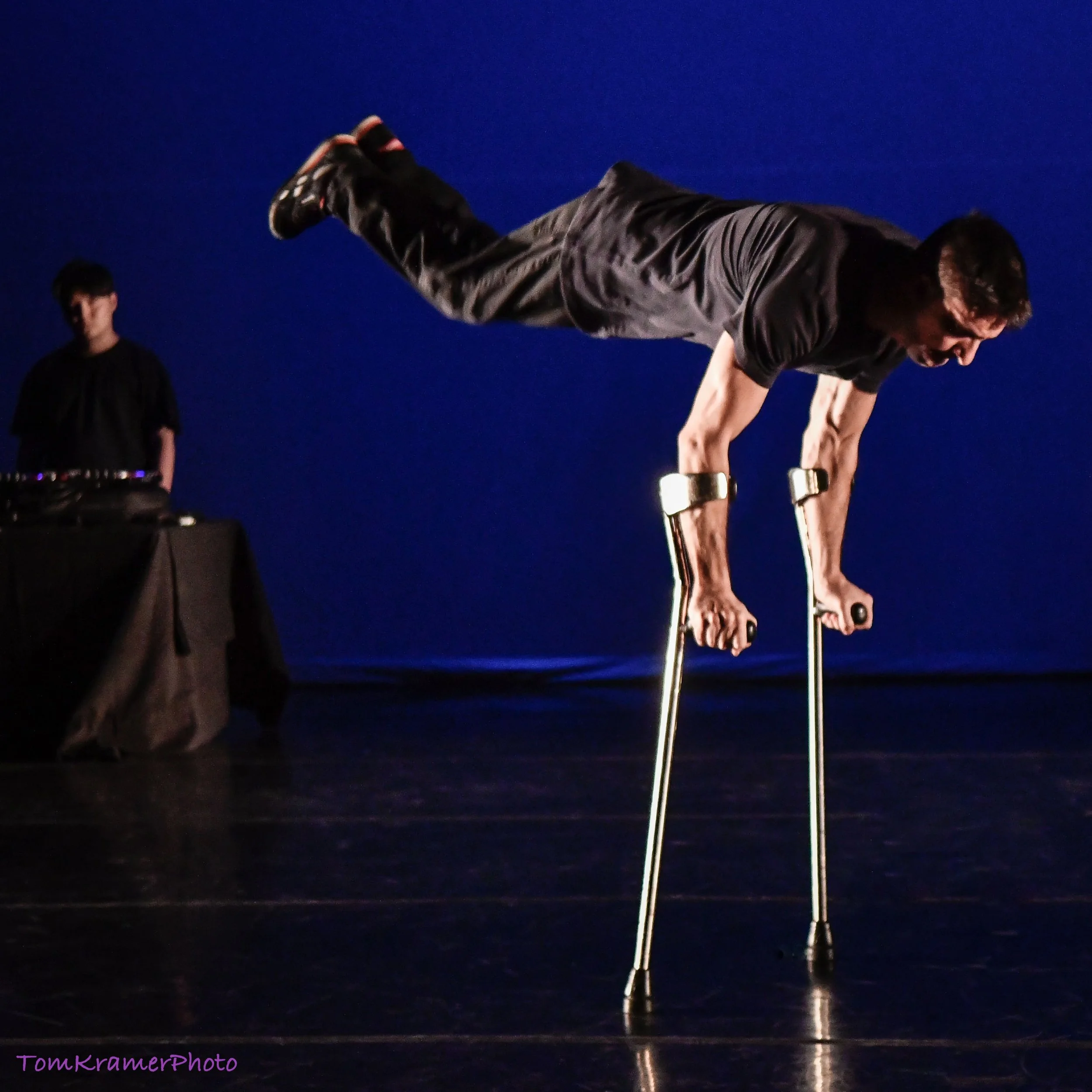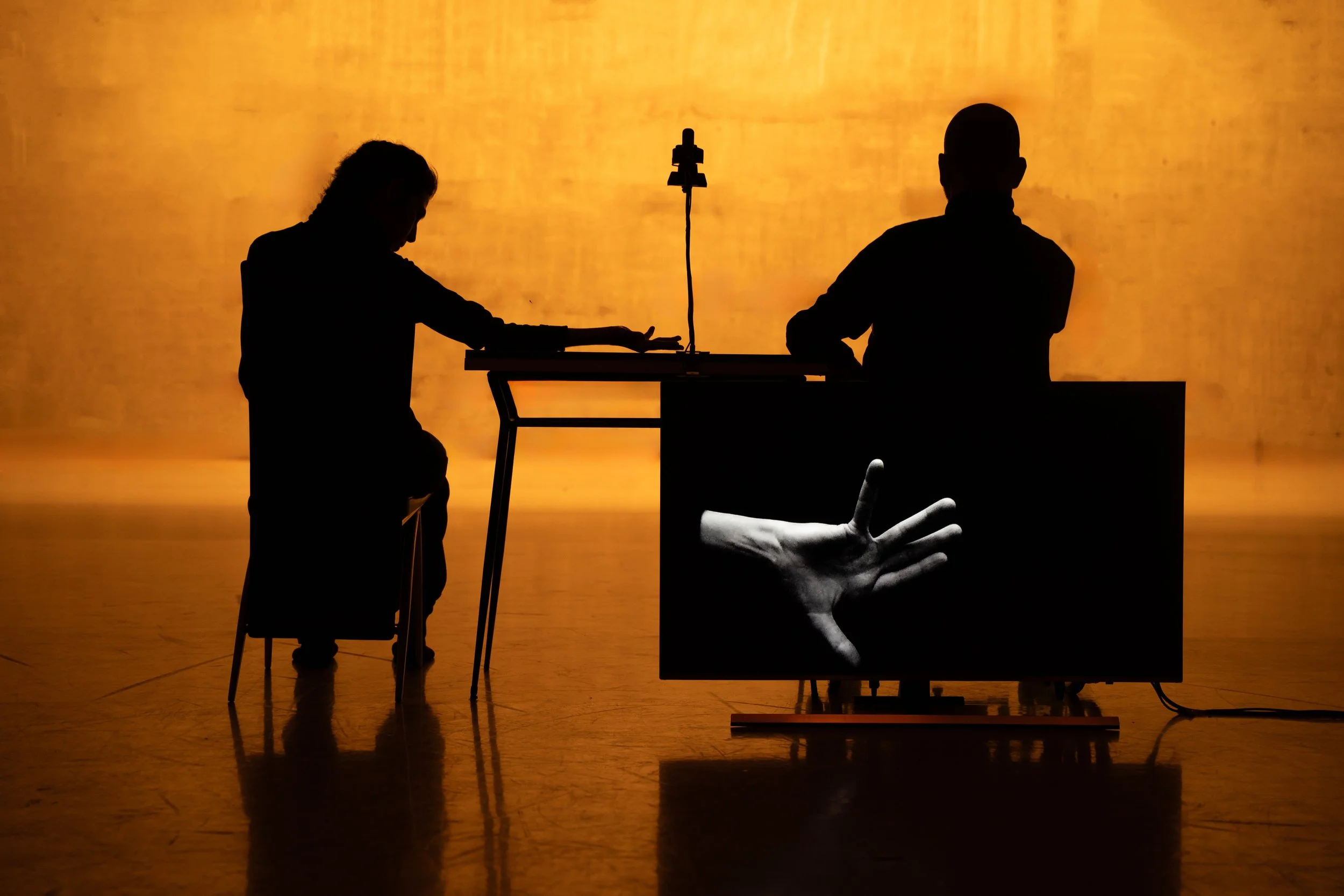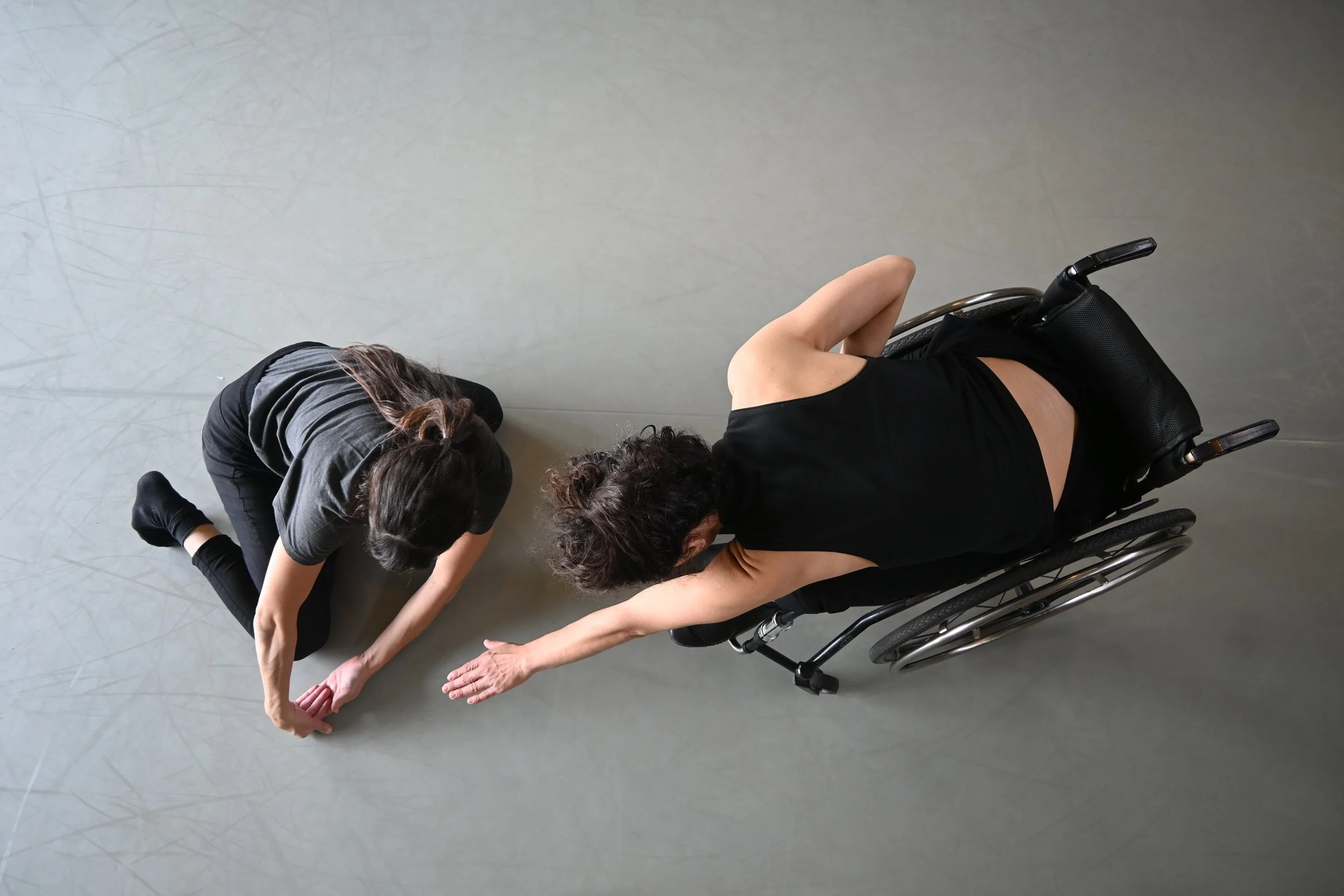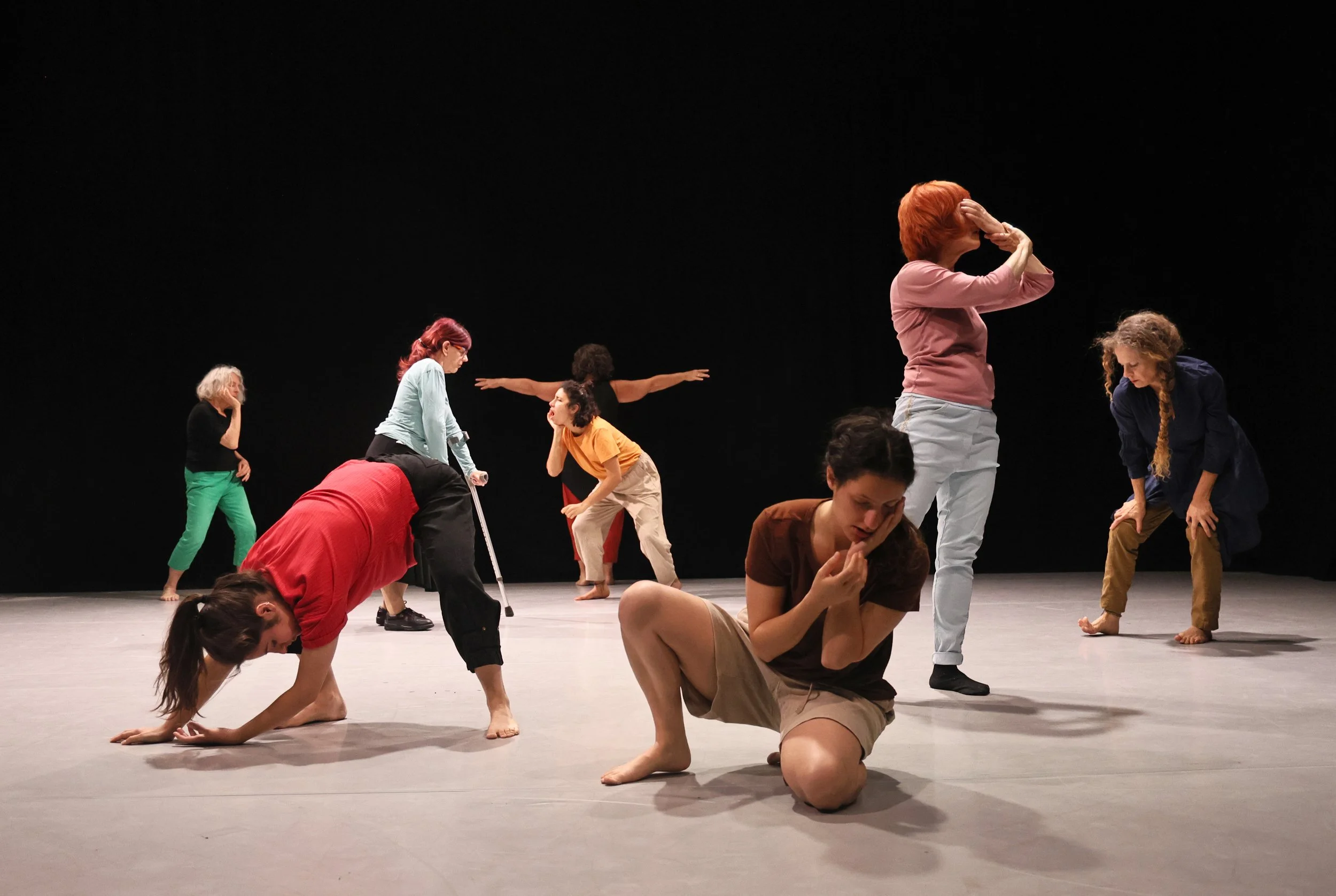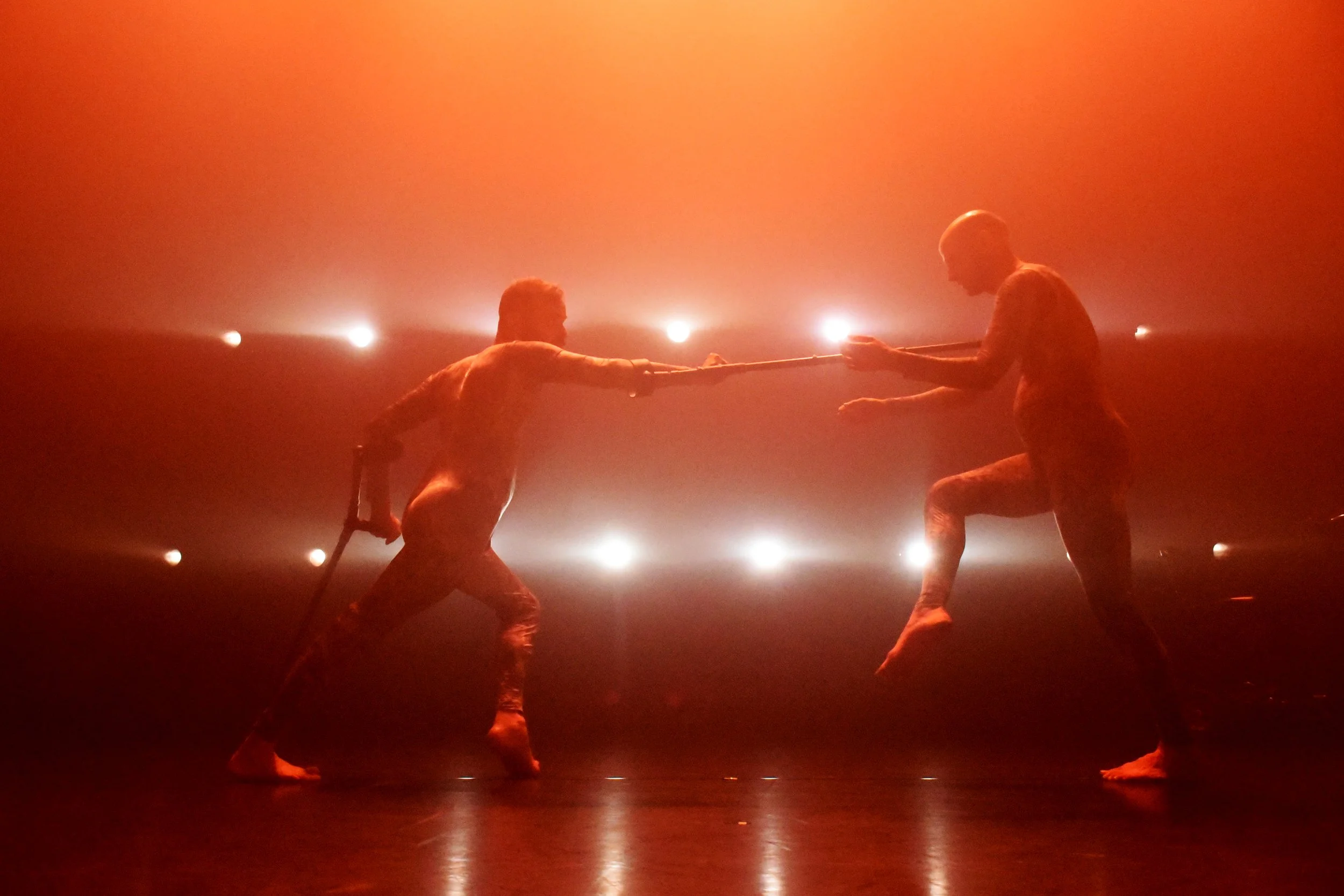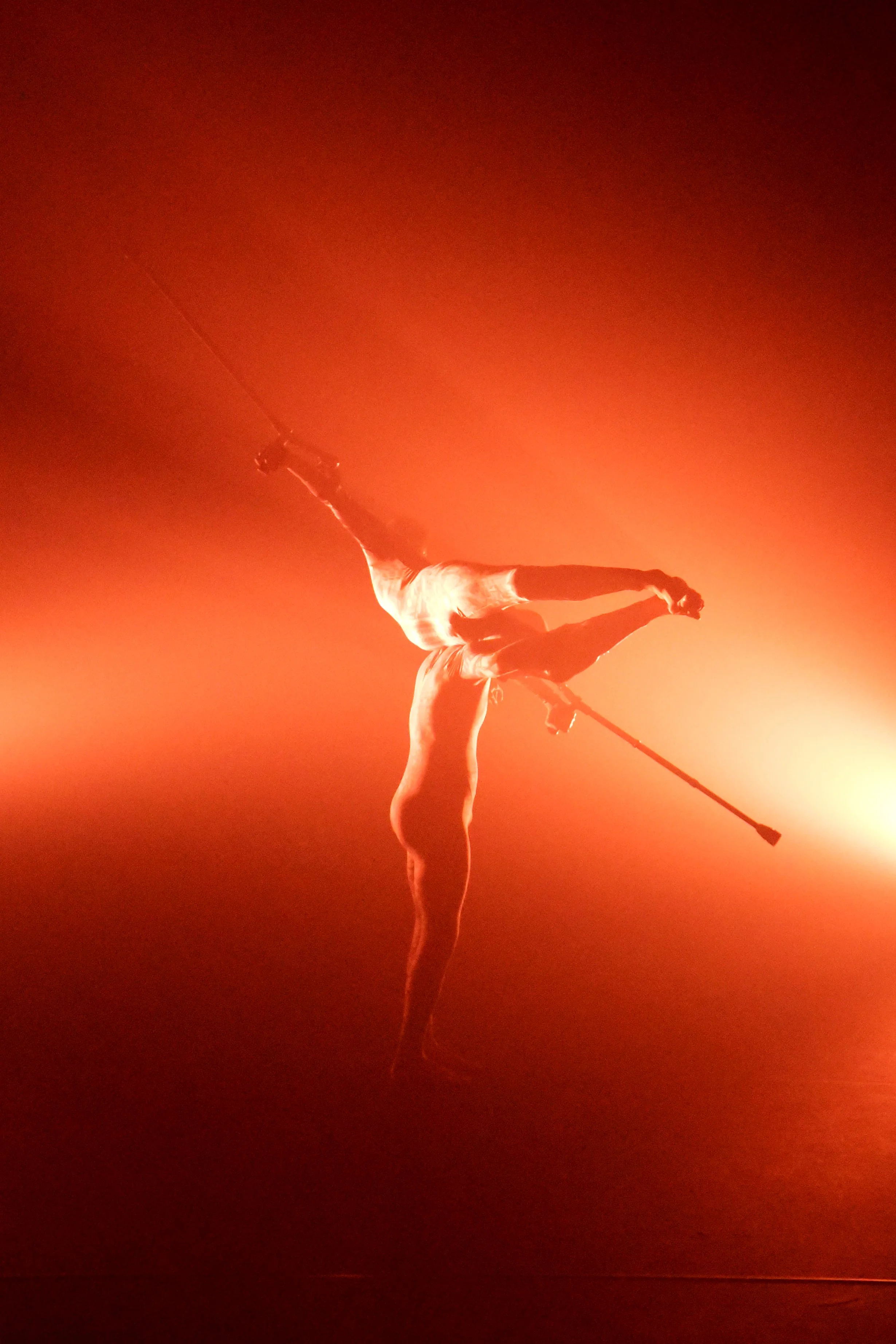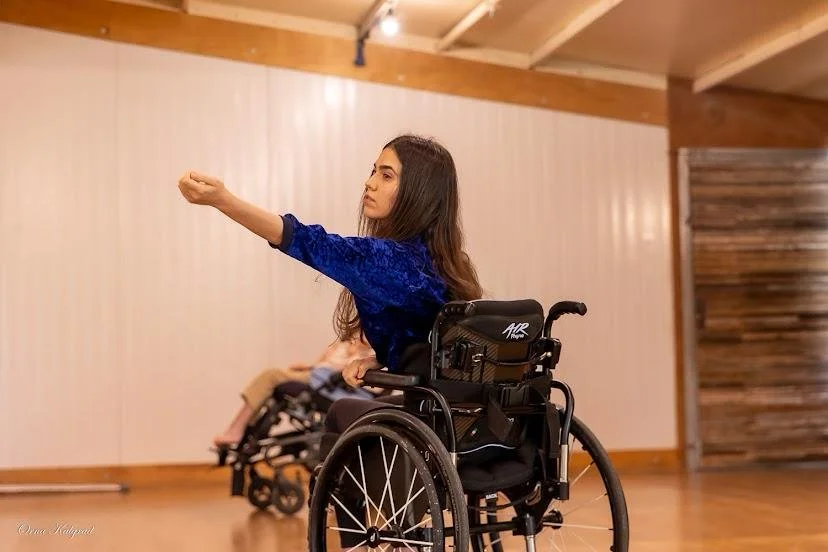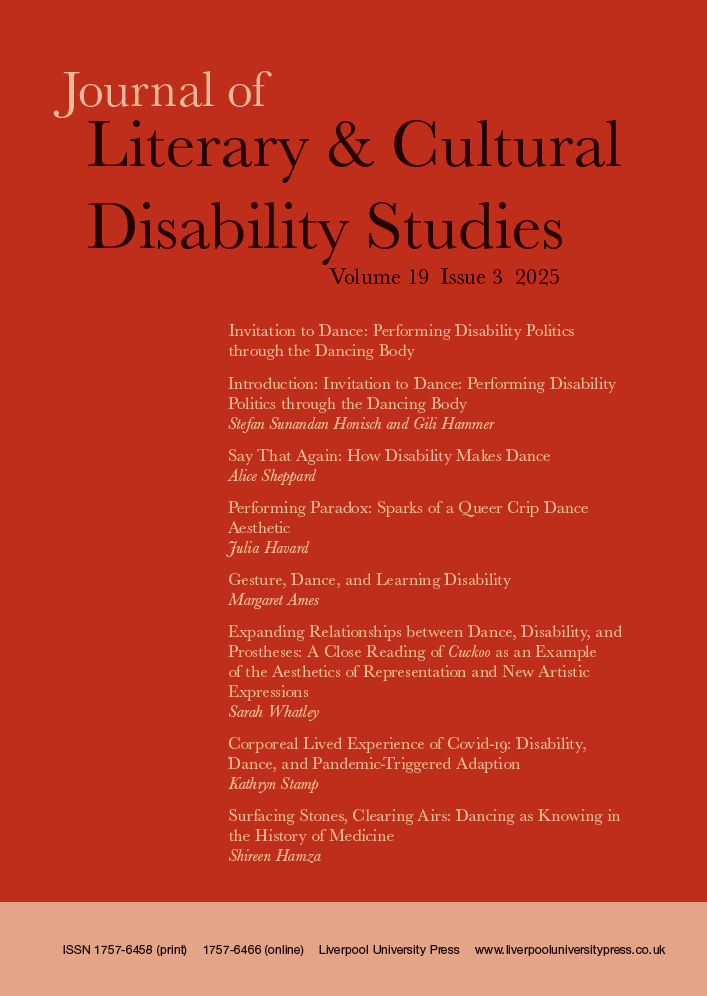Dance and disability
Recognizing performance as a central lens in the everyday lives of blind women led me to my work on disability culture and integrated dance. I became interested in how people with diverse bodies negotiate disability on stage and choose performance as a professional career. In my research on embodied knowledge—how it is formed, translated, and mobilized for activism and social change—I conducted over a decade of fieldwork with disability dance projects across genres including ballet, modern dance, contact improvisation, dance theatre, and breakdance, in Israel, Europe, and the United States.
In this study, I explore the following questions:
What type of bodily knowledge is created when people with widely differing bodies explore and articulate kinesthetic knowledge, that is, the bodily sense of locomotion, the knowledge and feeling of the movement of one’s body and its orientation in space?
How is this knowledge transmitted and translated across different bodies (I call this “embodied translation”)?
In which ways are disability politics expressed and translated into the embodied experiences of inclusive dance practitioners?
What are the potentials, as well as limitations, of aspiring for socio-political equity when those goals are intertwined with the moving body?
In this study, I conducted over seventy interviews with dancers, practitioners, directors, choreographers, and staff members with and without disabilities, and participant and nonparticipant observations of company classes, rehearsals, outreach programs, workshops, tours, and performances.
About this study
Photos
Publications
Gili Hammer, and Stefan Sunandan Honisch (eds.). 2025. “Invitation to Dance: Performing Disability Politics through the Dancing Body.” Journal of Literary and Cultural Disability Studies.
Gili Hammer. 2024. Navigating Frictions: Crip Utopian Performatives in Integrated Dance. Etnofoor 36(2): 109- 130.
Link to article
*Image is from the cover of Etnofoor. Painting by Efthymios Warlamis, Daskunstmuseum, 2007-01-05
Gili Hammer. 2021. “A Pirouette with the Twist of a Wheelchair: Embodied Translation and the Creation of Kinesthetic Commensurability.” American Anthropologist, 132, 2, Pp. 292-304.
Gili Hammer. 2020. “Expanding Intersubjective Awareness: The Anthropology of Kinaesthetic Diversity.” The Journal of the Royal Anthropological Institute, 26, 3, Pp. 554-574.
Gili Hammer. 2018. “Dialogical Encounters with Disability in Integrated Dance Education.” The Journal of Inclusive Practice in Further and Higher Education, 10, 1, Pp. 106-119.
Media
-
This talk explores the Israeli aspects of integrated dance, an art form that brings together dancers with and without disabilities. Together, these dancers challenge the way disability is presented and perceived in public culture and in the arts. Yet, the dance projects also reveal a hierarchy between those veterans of the Israeli Defense Forces who are disabled and others with disabilities. Integrated dance embodies the possibility of challenging national, religious, and social boundaries while expanding public awareness of multiculturalism.
-
In this three-part podcast, Dr. Hammer meets with the director, choreographer, and creator, Emanuella Amichai, to discuss shared aspects of art and research in and on disability culture.
-
-
-
This discusses Gili’s recent article in the American Anthropologist.
-
This discusses Gili’s recent article in the Journal of the Royal Anthropological Institute.


